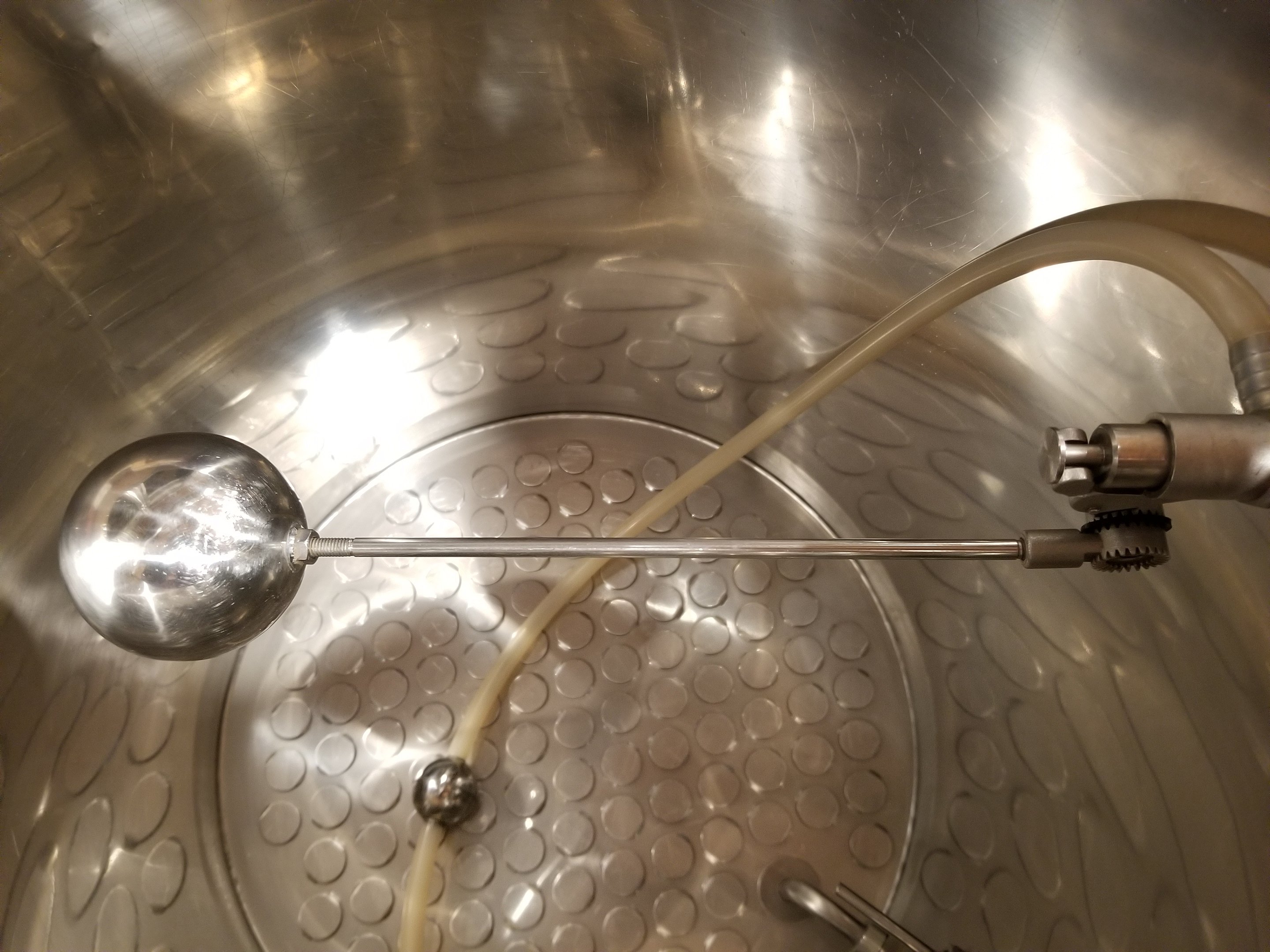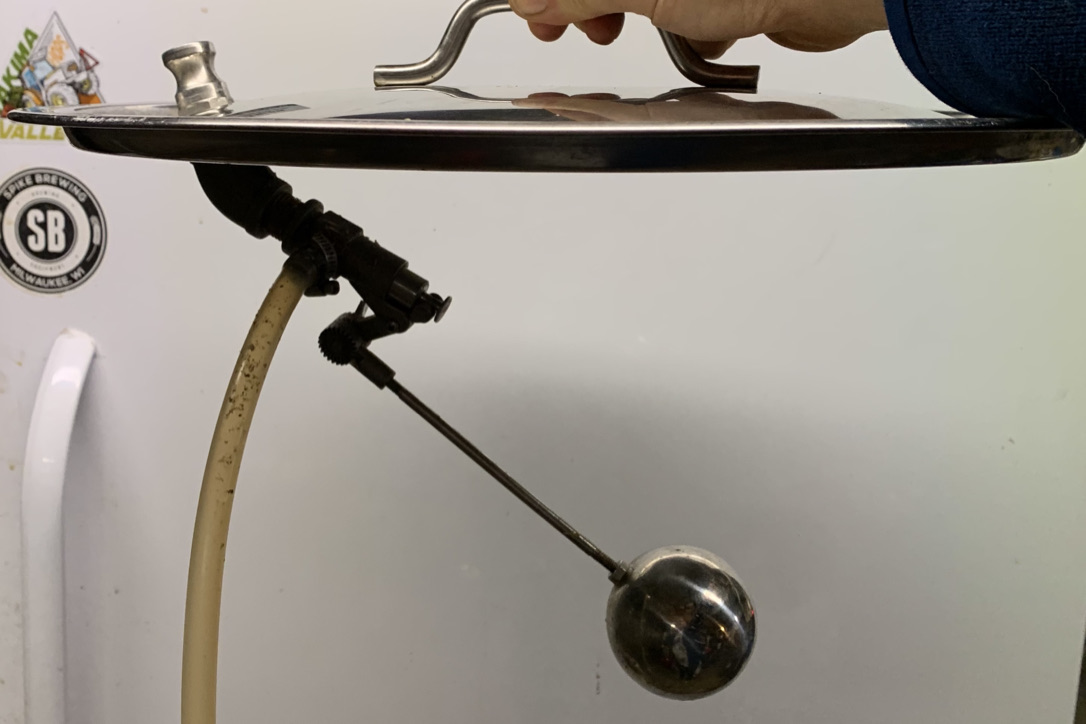Greetings Brewers,
Currently we brew 11 gallon (to the fermenter) batches using a single tier (two pump) all stainless steel kettle setup. We have two 20 gallon kettles (HLT and Mash Tun) and a 25 gallon stainless brew kettle. For 12 years we used this system it produces good beer etc. My only issue with this system is the sparge. We currently fly sparge but getting a steady flow rate is all but impossible, i.e. a lot of valve adjustments from MT to Boil Kettle. Actually, it's a royal pain. What I would like to do is simply switch to batch sparging using the same equipment. The mash tun has a JayBird, NorCal false bottom. I use beersmith so in reality I could just use their "batch sparge equipment profile" for heat, water volumes, etc. Does anybody out there see an issue trying to use the ss mash tun vs purchasing a 80 gallon cooler and going that route. Thank you all for your time and possible suggestions.
Sincerely Terry S.
Currently we brew 11 gallon (to the fermenter) batches using a single tier (two pump) all stainless steel kettle setup. We have two 20 gallon kettles (HLT and Mash Tun) and a 25 gallon stainless brew kettle. For 12 years we used this system it produces good beer etc. My only issue with this system is the sparge. We currently fly sparge but getting a steady flow rate is all but impossible, i.e. a lot of valve adjustments from MT to Boil Kettle. Actually, it's a royal pain. What I would like to do is simply switch to batch sparging using the same equipment. The mash tun has a JayBird, NorCal false bottom. I use beersmith so in reality I could just use their "batch sparge equipment profile" for heat, water volumes, etc. Does anybody out there see an issue trying to use the ss mash tun vs purchasing a 80 gallon cooler and going that route. Thank you all for your time and possible suggestions.
Sincerely Terry S.
















![Craft A Brew - Safale S-04 Dry Yeast - Fermentis - English Ale Dry Yeast - For English and American Ales and Hard Apple Ciders - Ingredients for Home Brewing - Beer Making Supplies - [1 Pack]](https://m.media-amazon.com/images/I/41fVGNh6JfL._SL500_.jpg)














































